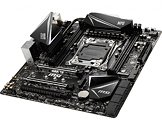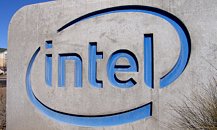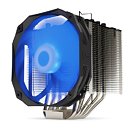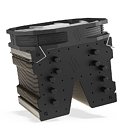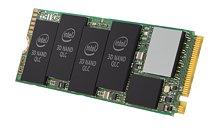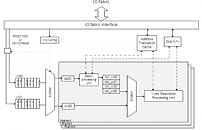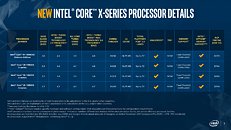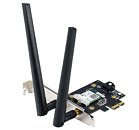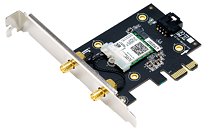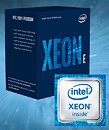
Intel "Rocket Lake" an Adaptation of "Willow Cove" CPU Cores on 14nm?
The "Willow Cove" CPU core design succeeds "Sunny Cove," Intel's first truly new CPU core design in close to 5 years. "Sunny Cove" is implemented in the 10 nm "Ice Lake" microarchitecture, and "Willow Cove" cores are expected to debut with the 10 nm+ "Tiger Lake." It turns out that Intel is working to adapt "Willow Cove" CPU cores onto a 14 nm microarchitecture, and "Rocket Lake" could be it.
Twitter user @chiakokhua, a retired VLSI engineer with high hit-rate on CPU microarchitecture news, made sense of technical documents to point out that "Rocket Lake" is essentially a 14 nm adaptation of "Tiger Lake," but with the iGPU shrunk significantly, to make room for the larger CPU cores. The Gen12 iGPU on "Rocket Lake-S" will feature just 32 execution units (EUs), whilst on "Tiger Lake," it has three times the muscle, with 96 EUs. "Rocket Lake" also replaces "Tiger Lake's" FIVR (fully-integrated voltage regulation) with a conventional SVID VRM architecture.
Twitter user @chiakokhua, a retired VLSI engineer with high hit-rate on CPU microarchitecture news, made sense of technical documents to point out that "Rocket Lake" is essentially a 14 nm adaptation of "Tiger Lake," but with the iGPU shrunk significantly, to make room for the larger CPU cores. The Gen12 iGPU on "Rocket Lake-S" will feature just 32 execution units (EUs), whilst on "Tiger Lake," it has three times the muscle, with 96 EUs. "Rocket Lake" also replaces "Tiger Lake's" FIVR (fully-integrated voltage regulation) with a conventional SVID VRM architecture.













